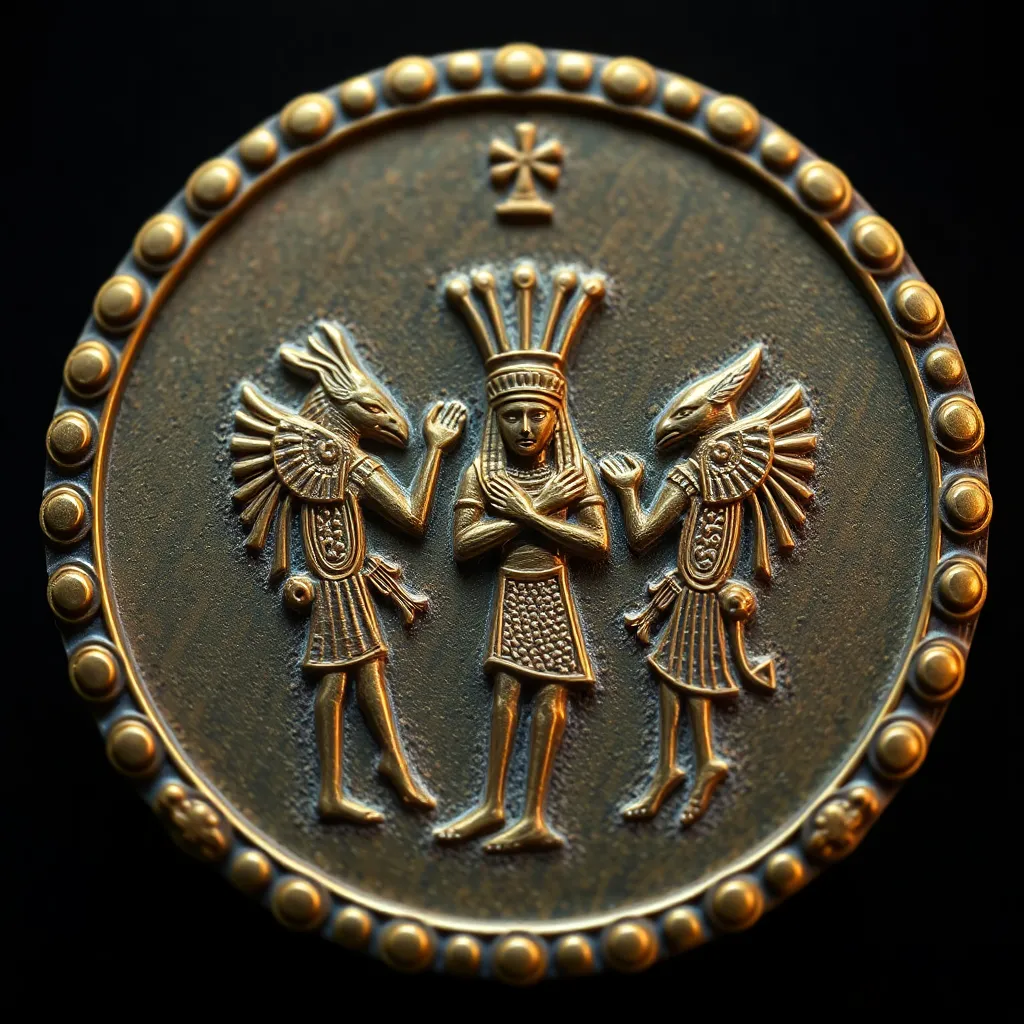The Influence of Amulets on Egyptian Music and Dance
I. Introduction
Amulets held a significant place in ancient Egyptian culture, serving as symbols of protection, power, and spiritual connection. These small objects, often inscribed with hieroglyphs or crafted in the shapes of deities, were believed to safeguard their wearers from harm and misfortune. Music and dance, integral components of Egyptian society, played vital roles not only in entertainment but also in religious and social rituals. This article aims to explore the dynamic interplay between amulets, music, and dance within the rich tapestry of ancient Egyptian culture.
II. Historical Context of Amulets in Ancient Egypt
The use of amulets in ancient Egypt dates back to the earliest dynasties. Initially, these objects were simple and utilitarian, but over time they evolved into elaborate symbols imbued with specific meanings.
A. Origins and evolution of amulet use
- Amulets were first made of natural materials like stones and shells.
- As craftsmanship advanced, materials included gold, silver, and precious gems.
- Different periods saw the development of specific amulets related to cultural beliefs.
B. Types of amulets and their symbolic meanings
Many types of amulets were prevalent in ancient Egypt, each carrying unique significance:
- Eye of Horus: Symbol of protection and health.
- Ankh: Represented life and immortality.
- Scarabs: Associated with rebirth and regeneration.
- Isis Knot: Symbolized motherhood and protection.
C. Role of amulets in daily life and religious practices
Amulets were used by individuals from all walks of life, from pharaohs to commoners. They were worn during daily activities and incorporated into burial practices to ensure safe passage to the afterlife.
III. The Connection Between Amulets and Music
A. Amulets as inspiration for musical themes and motifs
Throughout history, musicians have drawn inspiration from the rich symbolism of amulets, creating melodies that reflect their meanings. Instruments often featured motifs of protective deities, and songs might evoke the qualities associated with specific amulets.
B. The role of sound and vibration in the power of amulets
Sound and vibration played a crucial role in the power attributed to amulets. Ancient Egyptians believed that music could enhance the protective qualities of an amulet. The resonance of certain instruments was thought to harmonize with the energy of the amulets worn by performers.
C. Historical examples of music infused with amulet symbolism
Some historical examples of music that incorporated amulet symbolism include:
- Hymns dedicated to deities associated with specific amulets.
- Instrumental pieces played during rituals that featured amulet motifs.
IV. Amulets in Dance Rituals
A. Importance of dance in ancient Egyptian religious ceremonies
Dance was not merely entertainment in ancient Egypt; it was a form of worship and communication with the divine. Dancers often performed in temples, using movement to tell stories and invoke the presence of gods.
B. How amulets were incorporated into dance performances
Amulets were often worn by dancers or included in their costumes, enhancing the spiritual connection of the performance. The physical presence of amulets during dance provided a tangible link to the divine.
C. Symbolic gestures and movements influenced by amulet significance
Dancers incorporated gestures and movements that symbolized the meanings of the amulets they wore. For instance, movements that mimicked the protective gestures of deities were common, creating a dialogue between the dancer and the spiritual realm.
V. Case Studies: Famous Musical and Dance Performances Featuring Amulets
A. Analysis of specific performances that highlight the use of amulets
Several performances from ancient Egypt exemplify the integration of amulets in music and dance. For instance, the Festival of Opet featured elaborate dances and music that celebrated the power of the amulets associated with Amun.
B. Interviews or accounts from historians on the significance of these performances
Historians have noted that these performances were not just artistic expressions but vital religious ceremonies that reinforced cultural beliefs surrounding amulets.
C. The impact of these performances on contemporary interpretations
The legacy of these ancient performances continues to influence modern interpretations of Egyptian music and dance, highlighting the enduring power of amulets.
VI. Amulets in Modern Egyptian Music and Dance
A. Continuation of amulet traditions in contemporary cultural expressions
Modern Egyptian artists often incorporate the symbolism of amulets into their music and dance, reflecting a deep cultural heritage that persists through the ages.
B. Influence of ancient practices on modern music and dance genres
Contemporary musicians draw upon ancient rhythms and motifs, intertwining them with modern genres to create a fusion that respects traditions while innovating new expressions.
C. Examples of modern artists incorporating amulet symbolism
Artists such as Omar Souleyman and Hakim have been known to weave themes of protection and spirituality into their work, echoing the ancient traditions of amulet use.
VII. The Psychological and Cultural Impact of Amulets on Performers
A. Amulets as sources of inspiration and protection for musicians and dancers
Many contemporary performers wear amulets as a source of inspiration, believing in their protective qualities while on stage. This practice connects them to their cultural roots.
B. The collective cultural memory associated with amulets in performance
Amulets serve as a collective memory for performers, evoking the rich history of their ancestors and the beliefs that shaped their art.
C. Personal testimonies from artists regarding the influence of amulets
Artists have shared how wearing amulets during performances grants them confidence and a sense of connection to the divine, enhancing their creative expression.
VIII. Conclusion
The relationship between amulets, music, and dance in ancient Egypt reveals a profound cultural phenomenon that transcends time. Amulets were not merely decorative objects; they were imbued with meaning that resonated through the melodies and movements of performers. The enduring legacy of amulets continues to influence contemporary Egyptian culture, demonstrating the timeless connection between spirituality, art, and identity. Future research could delve deeper into specific amulet types and their representations in various forms of Egyptian art, further enriching our understanding of this fascinating intersection.




